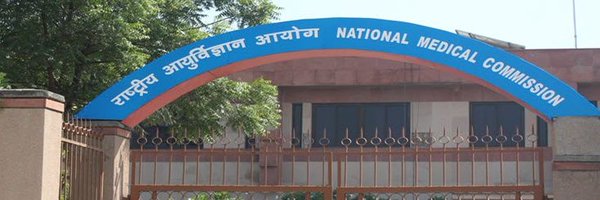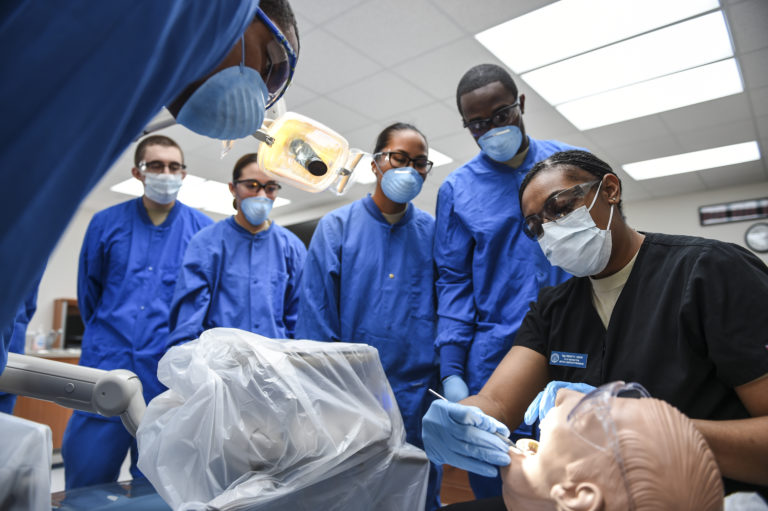Cases of both cervical and breast cancer have been rising in India, with over 81,000 cases of cervical cancer being reported in 2023
Despite the fact that cervical cancer cases in India are steadily rising, with over 81000 cases being reported in 2023, there is no specific target for the elimination of the disease, government told Parliament Tuesday.
Cervical cancer is the second most common cancer among women in India. In a written reply to Rajya Sabha, minister of state for health Anupriya Patel on a question about the rollout of HPV vaccination said: “The HPV vaccine roll out is being implemented in the following states as on date: Sikkim: The Government of Sikkim introduced the HPV vaccination program in 2018, targeting girls aged 9-14 years. Bihar: The state introduced the HPV vaccination for girls aged 9 to 14 years under the Mukhyamantri Balika Cancer Immunization Scheme, from 6 th October, 2024. (f) There is no specific target for the elimination of cervical cancer in the country.”
HPV is the commonest cause of cervical cancer and India now has an indigenous HPV vaccine manufactured by Serum Institute of India.Conceding in another reply that the cases of both cervical and breast cancer are increasing in the country, the government listed out possible reasons for the increase.
“The increase in cancer cases could be due to : (i) Cancer is known to be a disease that increases in incidence with increasing age; (ii) Control of communicable diseases has increased life expectancy and therefore more population being exposed towards the development of cancer; (iii) The increase in population due to growth also contributes to the increase in the number of cancer cases; (iv) Improved literacy, greater consciousness about health in general and cancer in particular makes more and more people seek medical advice at an earlier stage and (v) Availability of sophisticated and improved diagnostic techniques aid in detection of tumors that would have been missed at earlier times,” Patel said, also in a written reply.











